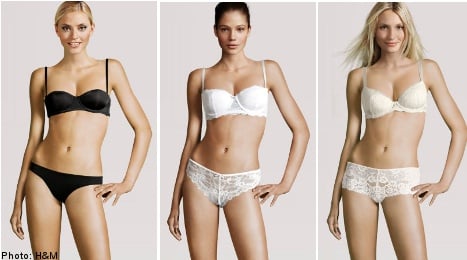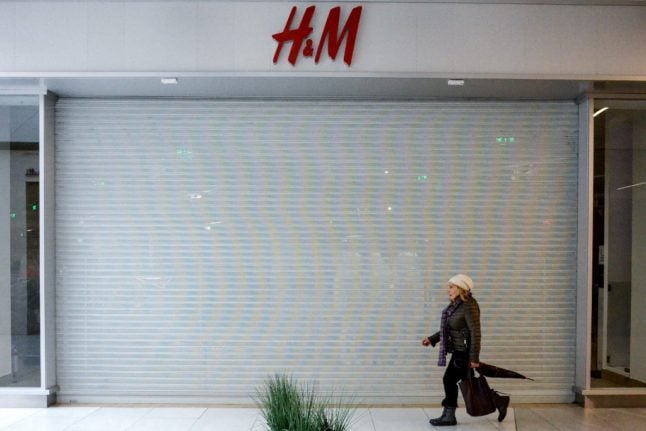“This is a technique that is not new, it is available within the industry today and we are using it for our Shop Online in combination with real life models pictures and still life pictures,” said H&M press spokesperson Håcan Andersson to The Local on Tuesday.
The pictures are featured on the multinational clothing giant’s webpage and depict the computer-generated bodies sporting swimwear and lingerie. The figures, which are all adopting identical poses, are completed with the face of a real life model.
The only distinction between the models’ bodies is the pigment of their skin which has been adjusted to fit their faces.
Håcan Andersson told The Local that the firm will continue to use real life models – in their entirety and not just their heads – for current and future campaigns.
“For our Shop Online we are using a combination of real life models pictures, still life pictures and virtual mannequin pictures. For all other marketing and campaigns – outdoor, TV, print and other media, H&M will continue to use real life models.”
The pictures are featured on the multinational clothing giant’s webpage and depict the often idealized female of a thin and leggy form with eight different faces and sporting sporting swimwear.
The ruse was first exposed by Norwegian website Bildbluffen, during a campaign for underwear, and the revelations have generated significant interest in media outlets across the globe.
The firm however denied that the reason for adopting the method was due to difficulty in finding real-life models whose bodies fit the perceived advertising ideals.
“This is not about ideals or to show off a perfect body, we do this to demonstrate an item of clothing. This is done for all clothing, not just for underwear, both male and female clothing,” Andersson told the Aftonbladet daily on Monday.
The fashion industry is regularly criticised for using wafer-thin models in its advertising and H&M is among the firms who billboards are often targeted and defaced by activists.
In a debate article published in January 2011, Sweden’s culture minister Lena Adelsohn-Liljeroth called on consumers to “Boycott the fashion industry’s sick beauty ideals”, warning of the damaging effects on impressionable girls.
In a comment to Aftonbladet on Monday, Adelsohn-Liljeroth said:
“The fashion industry has a responsibility for the ideals which they choose to create and reinforce.”



 Please whitelist us to continue reading.
Please whitelist us to continue reading.
Member comments